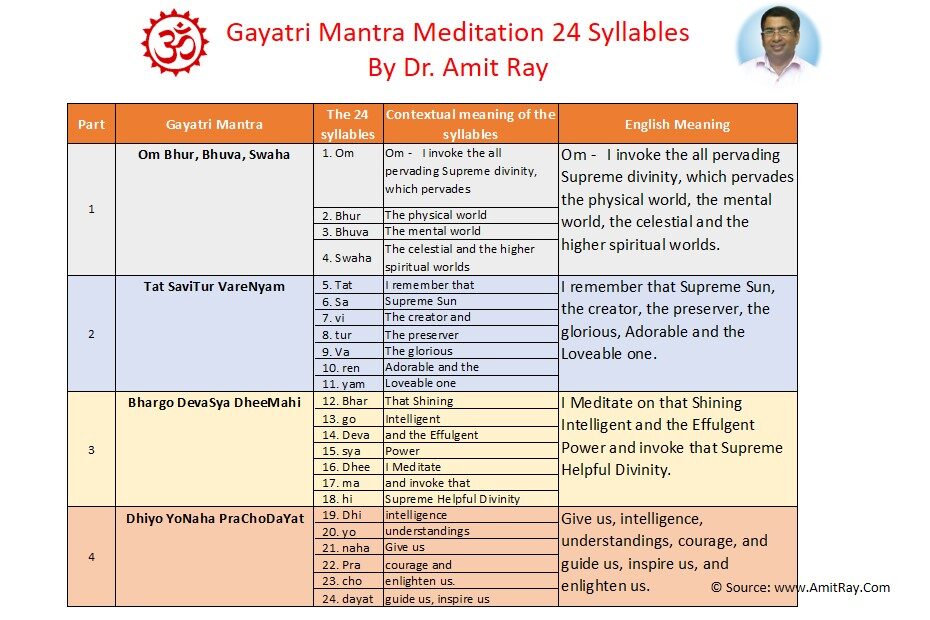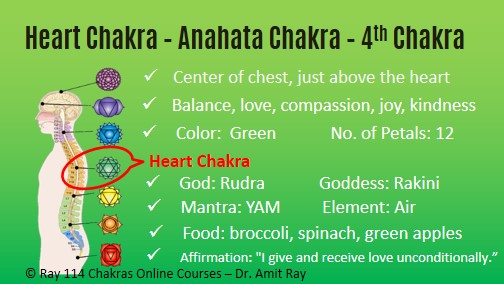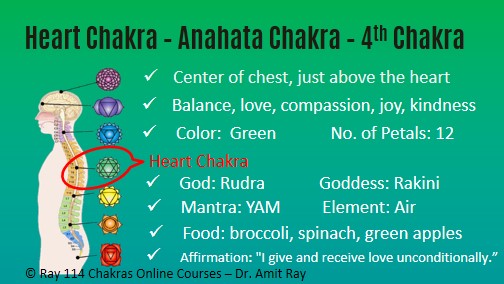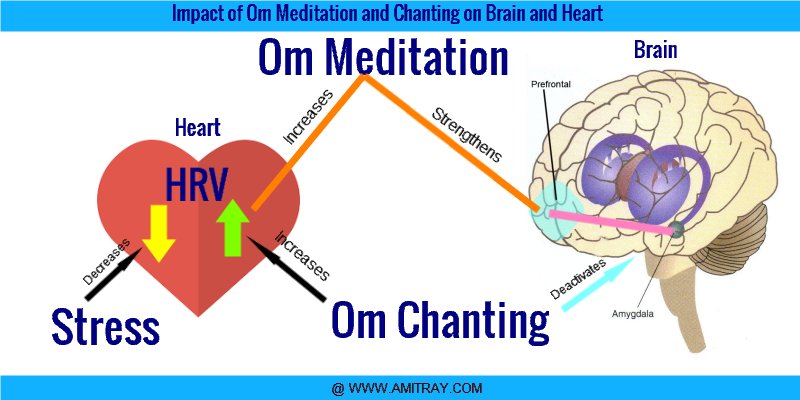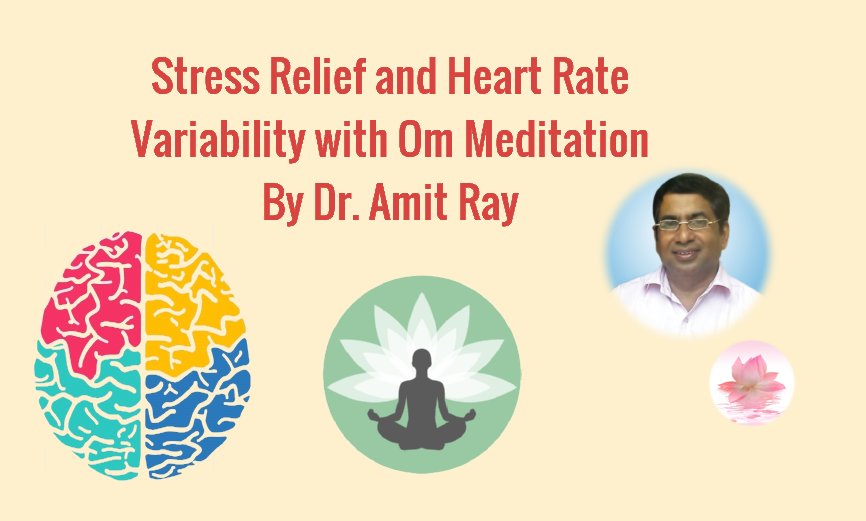Gayatri Mantra Meditation 24 Syllables Meanings
Gayatri Mantra Meaning and Meditation
Sri Amit Ray speaks about the meanings of the 24 syllables of the Gayatri Mantra and the art of Gayatri Mantra Meditation.
The Gayatri mantra is one of the most sacred and important meditation technique. There are 24 Syllables in this mantra and the meaning of the Gayatri mantra is hidden in these syllables. These 24 syllables are also associated with the 24 chakras. Here, we discussed the syllable by syllable meaning of the mantra and the art of meditating on those meanings.
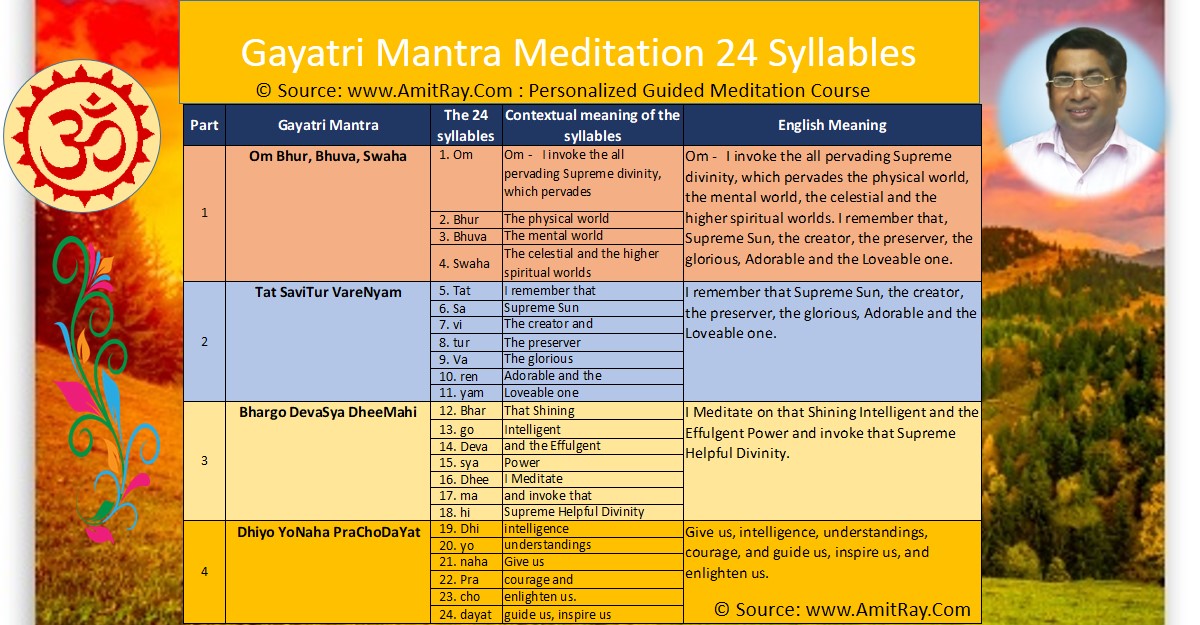
Gayatri Mantra Meditation 24 Syllables Meanings Sri Amit Ray Teachings

